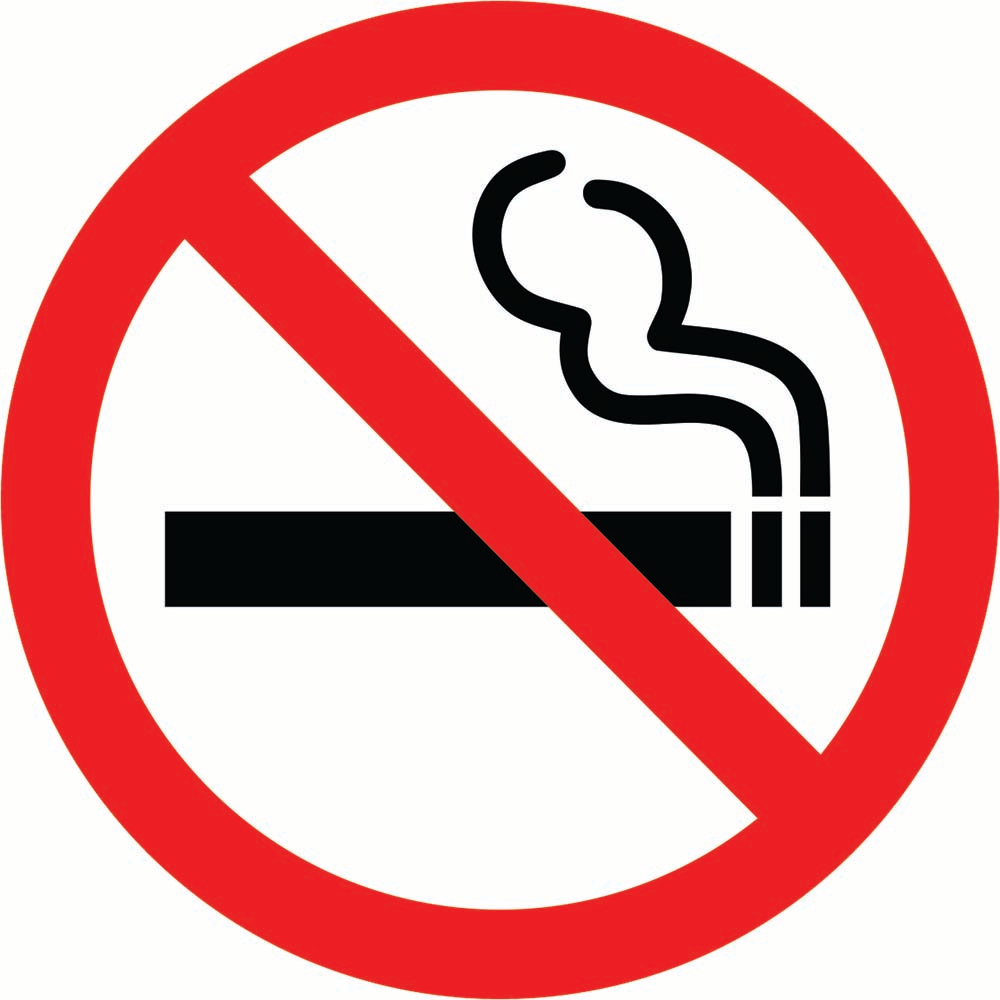 While several other rural health issues have been receiving greater attention, deaths due to chronic lower respiratory diseases (CLRD) have been increasing dramatically in Alabama’s rural areas. CLRD includes bronchitis, emphysema, asthma, and other respiratory diseases.
While several other rural health issues have been receiving greater attention, deaths due to chronic lower respiratory diseases (CLRD) have been increasing dramatically in Alabama’s rural areas. CLRD includes bronchitis, emphysema, asthma, and other respiratory diseases.
Between 2000 and 2017, Alabama’s age-adjusted death or mortality rate from CLRD increased by more than 27 percent, the second highest increase among all 50 states. This rate actually decreased in 35 states. Alabama lost nearly 49,100 residents to CLRD during 2000 through 2017. This loss is greater than the total current populations in Greene, Perry, Lowndes, Bullock, and Wilcox counties combined.
While this dramatic statewide increase is concerning, the highly disproportionate increase in our rural areas and the tremendous increase among rural females demands attention. The death rate from CLRD among Alabama’s rural residents increased by over 54 percent between 2000 and 2017 while the rate for our urban residents increased by nearly 9 percent.
This rate tends to be significantly higher among white Alabamians than among African Alabamians. It is also significantly higher among males than females. However, the rate for rural females increased by nearly 97 percent between 2000 and 2017.
According to the Centers for Disease Control and Prevention, cigarette smoking accounts for about 80 percent of all CLRD cases. Exposure to air pollutants in the home and workplace, genetic factors, and respiratory infections also play a role in the development of CLRD.
Dale Quinney is the founder of Operation Save Rural Alabama, www.osral.net, and a past director of the Alabama Rural Health Association




